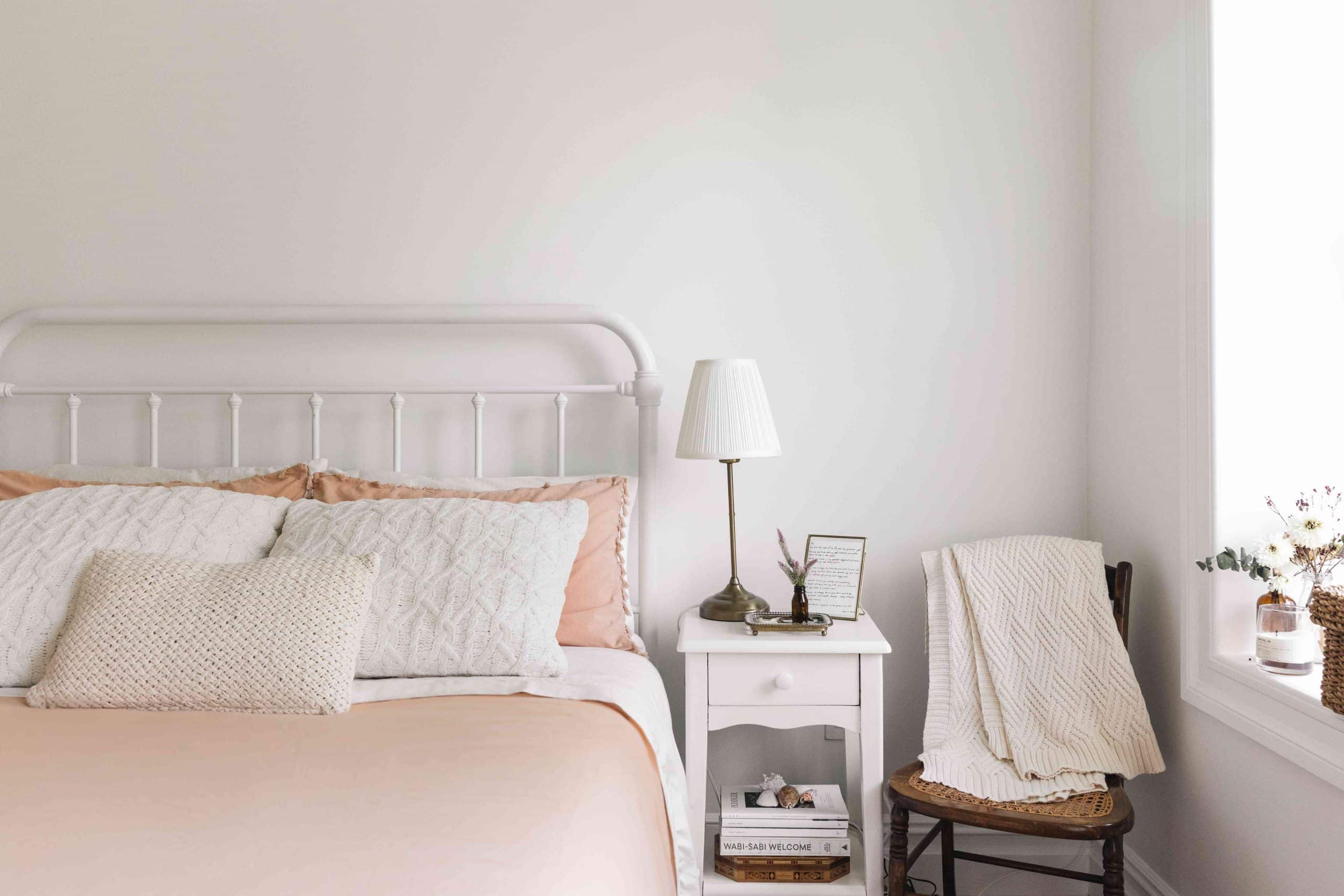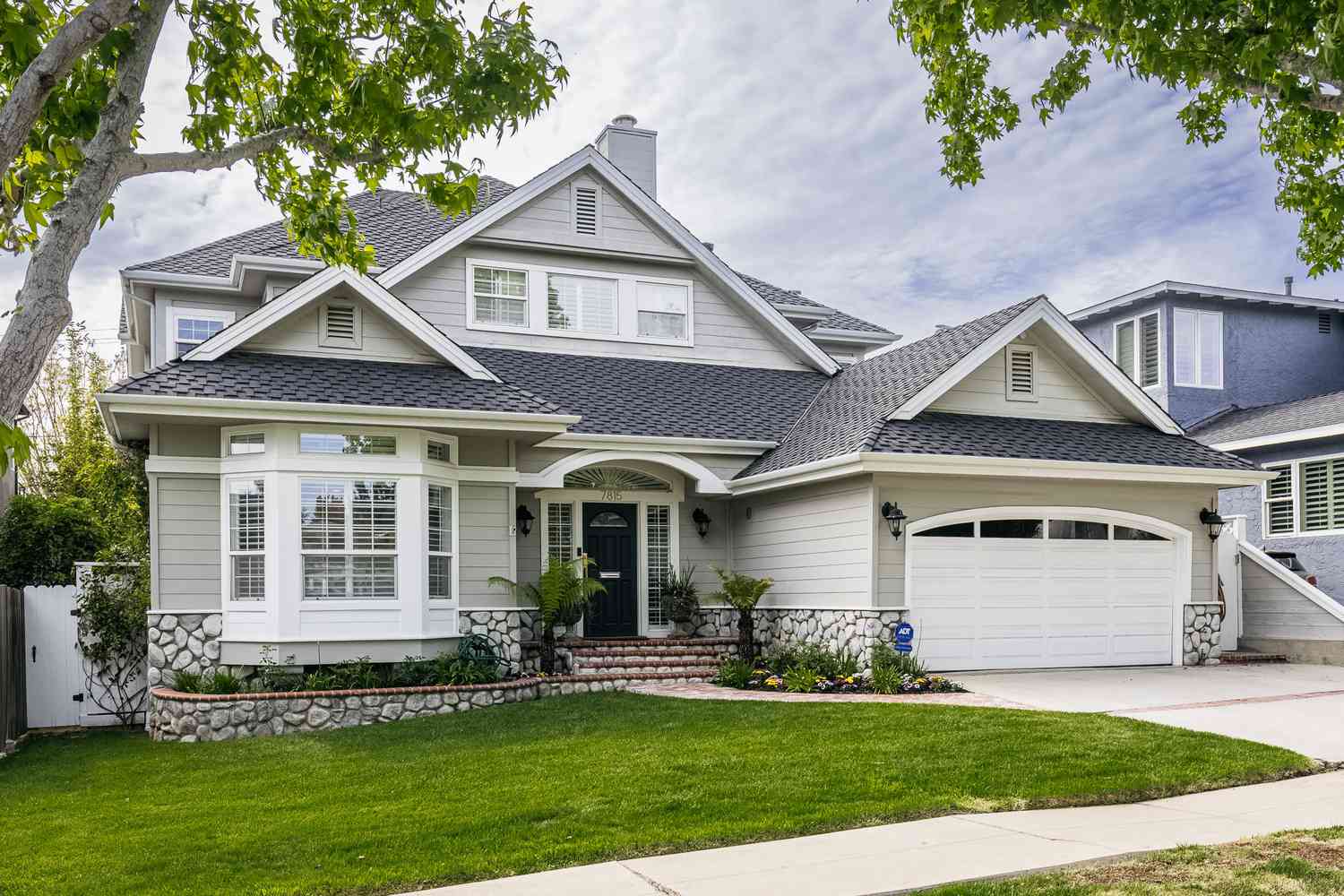7 Inspiring Examples of Green Design
With the impacts of climate change being felt around the globe, the importance of reducing our impact on the environment is becoming increasingly important. This is particularly prudent when it comes to architectural design, with both the construction and ongoing inhabitation of buildings being resource intensive. A global response has been a movement towards green design, which advocates for the sustainable use of building materials and the conservation of energy.
In this guide, we’ll highlight seven inspiring examples of green design around the globe to keep an eye out for during your travels. They reflect the diverse approach to sustainable architecture and the many ways we can enhance our living and working environments. If you’re planning a holiday to discover the world’s best green design, you can begin your journey online via a rental platform such as rentola.com. Here you’ll find properties to rent in Strasbourg near its former “hollow teeth” plots and apartments around Sydney’s Central Park, as well as holiday homes on the doorstep of Manama’s striking World Trade Center towers. Embracing sustainable architecture and eco-friendly design, these exceptional examples showcase the global commitment to creating harmonious spaces with the environment
One Central Park, Sydney
In the Sydney suburb of Chippendale is this plant-covered high-rise, which forms part of an urban renewal project at Central Park. It consists of two apartment buildings designed by Foster and Partners, Ateliers Jean Nouvel, and PTW Architects that house apartments and a six-level shopping center. One Central Park is famed for its hanging gardens, with more than 250 different species of native plants adorning the building. It’s also considered “green” for its internal water recycling plant and cantilevered heliostat, which reflects light to the gardens and atrium.
Museu do Amanhã, Rio de Janeiro
Designed in a Neofuturistic style by Santiago Calatrava, the Museum of Tomorrow is a science-focused institution near Rio’s bustling cruise terminal at Pier Maua. Its sculpted exterior was inspired by the bromeliads that are showcased at the city’s Botanical Garden, with a cantilevered roof and reflective pools incorporated into the design. While the interior museum features exhibits dedicated to “Cosmos”, “Earth” and “Anthropocene”, the exterior boasts fin-like solar panels for energy efficiency.
13 Rue de la Tour des Pêcheurs, Strasbourg
In 2009, Dominique Coulon took part in a competition to create a sustainable building on a mixed-use lot, resulting in a striking residential and office building in the historic Krutenau district of Strasbourg. It was part of an initiative to reinvigorate the city’s “hollow teeth” – vacant plots that are too small to be snapped up by private developers. Covered with scorched larch panels, the building well and truly meets the brief of high-performance energy use. Not only is it constructed with robust materials that will stand the test of time but its interconnected spaces create a sense of harmony.
Vancouver Convention Centre West, Vancouver
Located on Vancouver’s waterfront, this state-of-the-art convention center was inspired by the mountains, oceans, and parks it overlooks. It was designed by LMN Architects in collaboration with Musson Cattell Mackey Partnership and DA Architects & Planners and accentuates the relationship between the area’s natural and built environments. It’s the first convention center in the world to receive a double LEED Platinum designation, with part of the complex built over the water in a way that supports the local marine ecology. The rooftop plantings help to regulate temperature throughout the year and are pollinated by four beehives.
Shanghai Natural History Museum, Shanghai
Located within the Jing’an Sculpture Park, this sprawling museum explores China’s natural history while reflecting global sustainability ideas. Since it opened in 2015, it has become an icon of green design, with its form roughly inspired by that of a nautilus shell. The museum’s “intelligent building skin” helps to maintain a comfortable temperature throughout the year while the soaring glass walls allow natural light to filter in. One of the Shanghai Natural History Museum’s most notable features is its oval pond, which helps to promote evaporative cooling during the hot, summer months.
Bahrain World Trade Center, Manama
When the futuristic twin towers of the Bahrain World Trade Center were completed in 2008, it became the world’s first skyscraper to incorporate wind turbines into its design. Conceived by the multinational architectural firm Atkins, it has since received the Arab Construction World for Sustainable Design Award and a LEAF Award for its innovative use of technology. The building is positioned to take advantage of Bahrain’s desert winds, which are funneled to the Danish-designed turbines thanks to the dhow-inspired shape of the towers.
Torre Reforma, Mexico City
Rising to 246 meters, the Torre Reforma became the tallest skyscraper in Mexico City when it was completed in 2016. It was designed by LBR&A Arquitectos with a whole host of energy-saving measures, including modern windows that can be automatically opened in the early morning hours to allow cool air to naturally ventilate the building. The Torre Reforma is also distinctly thin, which promotes the filtration of natural light and reduces the need for electric illumination. All of this adds up to an LEED Platinum certification for its green design.







